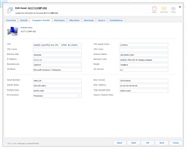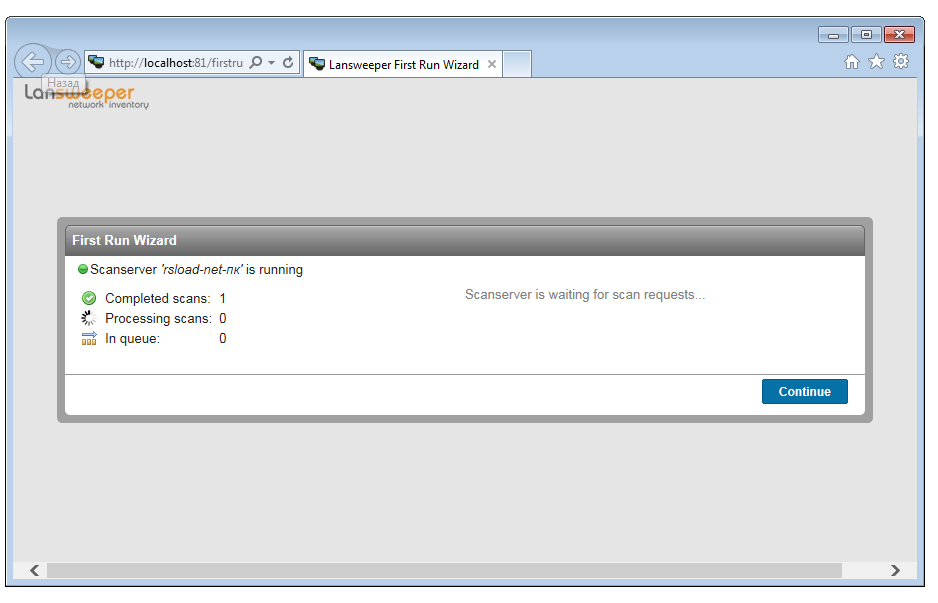

In fact, if some heavy lifting is required (considering power usage) Turbo Boost kicks in increasing CPU clock frequency for the duration of the task. And that’s what the next section is about.ĭuring the normal system load CPU in your system operates at a standard clock speed (which indicates its overall performance). The good news is that you can go above the base frequency levels and keep your CPU close to it’s Maximum possible frequency thanks to Intel Turbo Boost and AMD Turbo CORE technologies. However, you can see that during heavy system loads CPU can spike higher than its base frequency thanks to ‘Turbo Boost’ technology. You can see an example in the image below where frequency scaling is set to 100% and the OS is keeping CPU frequency as close to its base (2.6 GHz in this specific example) as possible at all times. On specific detail about the frequency scaling is that even if you set an index to 100% it’ll increase (and keep) the frequency up to the CPU base frequency level, and still use dynamic scaling for any extra performance The index for this control works similar to Core parking. Similar to Core Parking OS is trying to scale CPU frequency dynamically based on the system load. Here's an example of how core parking actually works and the meaning of an index number:ĬPU frequency scaling is a feature that enables the operating system to scale CPU frequency up or down to try and match supply to demand, delivering CPU performance when necessary or saving energy when possible. This is real time info, so you don’t have to press the “Refresh” button to find out the current status.

This information is also available in the CPU performance tab under “Enabled cores” and “Parked cores”. The functionality of this application allows for you to control the number of CPU cores that need to be enabled or disabled (or you can simply enable all the cores at all times, see explanations on how it works below) based on your personal requirements, also now by looking at CPU graph you can tell if the specific core is enabled or disabled.
LANSWEEPER VS SCCM WINDOWS
The problem with Windows way of core parking is lack of flexibility since by default you are given very few options for setting Core parking index on your machine Core parking can potentially increase energy efficiency during lower usage. The remaining cores are responsible for the remainder of the workload. Cores that are parked generally do not have any threads scheduled, and they will drop into very low power states when they are not processing interrupts, DPCs, or other strictly affinitized work. The PPM engine chooses a minimum number of cores for the threads that will be scheduled. The processor power management (PPM) engine and the scheduler work together to dynamically adjust the number of cores that are available to run threads.
LANSWEEPER VS SCCM CODE
If your system has Intel CPU code name Skylake or greater with HWP (Intel Speed Shift) enabled by default, please follow the link below to find out more about the performance adjustment details and differences Performance adjustment on HWP (Intel Speed Shift) enabled systems CPU Core ParkingĬPU Core parking is a feature that was introduced in Windows Server 2008 R2.

Many features mentioned above will be described in greater details in the description below, so if you are interested read on.

This application was made to provide help in controlling such factors and reduce the effect of degrading performance when possible. This can be caused by many hard to predict factors, such as system state, availability, CPU state, heat and many many more. Even though these are all positive changes, it sometimes creates a situation where an end user is not getting top performance when it is required (delayed performance boostboost). Considering significant change in technology and expectations from the hardware, CPU's have gotten a lot of new features such as TurboBoost, SpeedStep, Hyper-Threading and individual core state/s that help to reduce power consumption and heat. However, in the modern world, power consumption sometimes takes a higher priority than performance output. Back in a day, most computers were desktop machines with the main goal for the hardware, to offer absolute best performance and there was no real need for technologies such as SpeedStep, Turbo Boost etc.


 0 kommentar(er)
0 kommentar(er)
